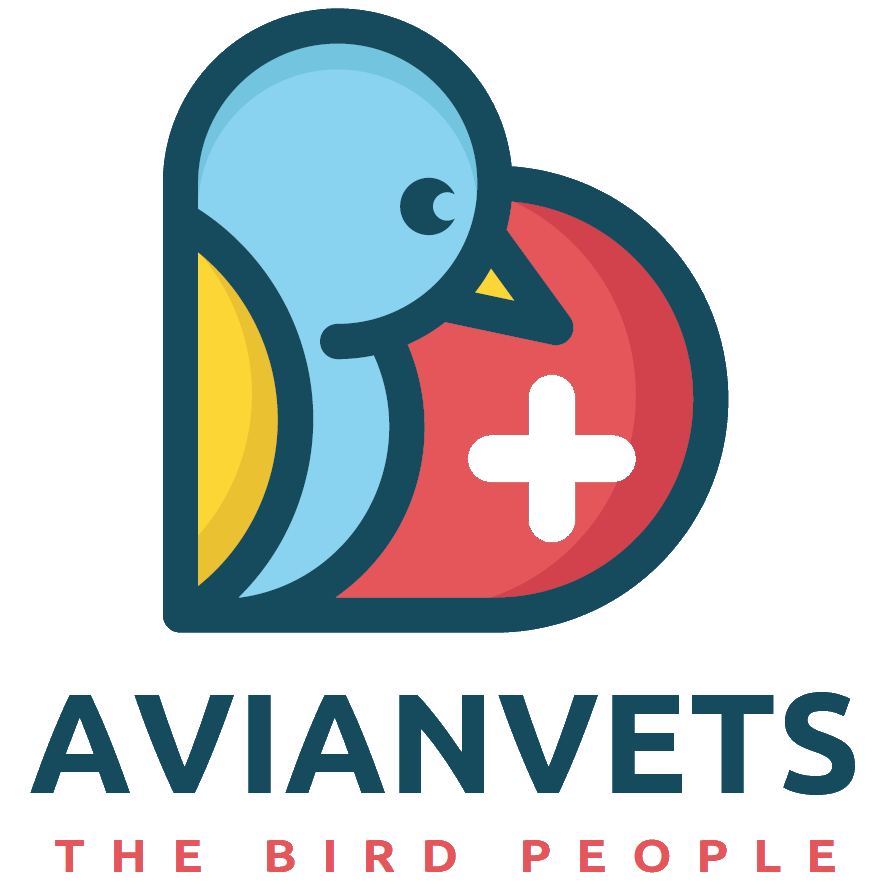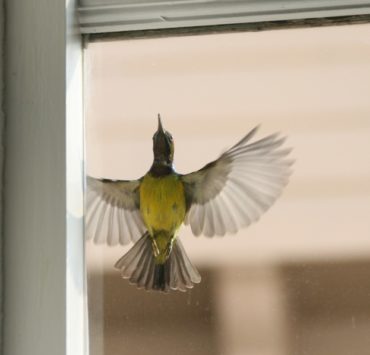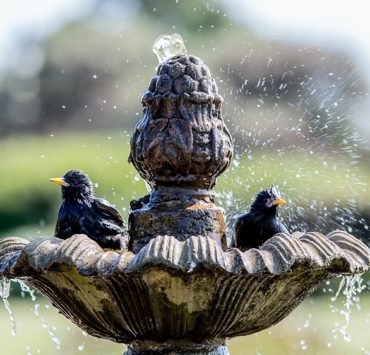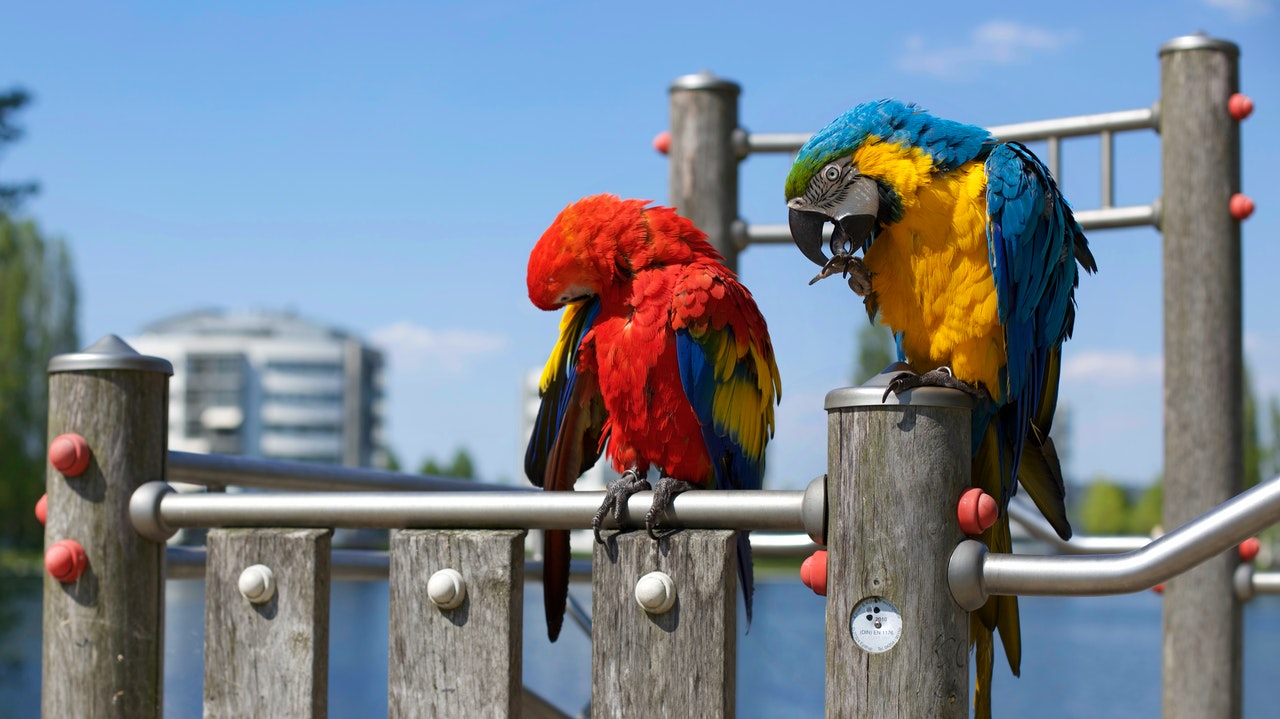
Several characteristics set birds apart from other animal species commonly kept as household pets. They fly, they have colorful feathers, and they lay eggs. Even the way they reproduce is different.
One of the most frequently asked questions we get is – how exactly do birds mate? While most people know they lay eggs, they might not be aware of how those eggs form in the first place.
This article explores everything you need to know about how birds mate and reproduce.
How Do Birds Mate
To understand how birds mate, you first need to know their reproductive anatomy and the physiology surrounding avian reproduction. Like humans, male bird species have two testicles. Unlike humans, however, female birds only have one ovary.
Birds typically reproduce during summer and spring when food is available in abundance. As these seasons approach, the sizes of the testicles and ovarian follicles begin to increase in the male and the female birds, respectively.
Most male bird species do not have a penis. Instead, they have an opening known as a cloaca through which sperm exits.
What is a cloaca? It is the single entrance and exit for waste, eggs, and sperm.
The way in which sperm exits this slit is controlled by avian testosterone. This hormone is responsible for other effects, including enhanced aggressive behavior, muscle hypertrophy, and a reduction in the birds’ fat stores, which is necessary for long migratory flights.
Testosterone in birds also stimulates the development of secondary sexual characteristics such as singing and plumage. These attract the females to the fittest males of their species in order to mate.
Do Birds Have Sex
The first question you might ask is – do birds have penises in the first place? Most bird species, with the exception of waterfowl, do not possess conventional penis-like organs they can insert into the female birds to facilitate insemination. Instead, mating in birds occurs through a process commonly referred to as a “cloacal kiss.”
How Do Birds Reproduce
During a cloacal kiss, the male bird clambers onto the female’s back, wrapping its tail underneath hers. This non-invasive act of copulation allows both their cloacae to come into contact with each other. Hence the “kiss.”
Roughly 2% of the sperm released from the male cloaca reaches the female’s tubules, where sperm is stored. These tubules are located near the junction of her uterus and vagina. The sperm that make it to this area encase the surface of the ovum (unfertilized egg), and fertilization occurs thereafter.
How Are Eggs Fertilized
Reproduction in birds occurs through internal fertilization, meaning the egg is fertilized while it’s inside the female bird. Once the male bird releases his sperm into the female’s cloaca, the sperm travels to the ovum and fertilizes it.
A hard shell then begins to develop within the female bird. Each hard-shelled egg contains a fluid known as amnion and a thin membrane enclosing the sac around the embryo (fertilized egg). Once the egg reaches maturity, the bird will usually lay it in a nest.
Most birds build their nests in hidden areas away from the prying eyes of potential predators. Larger bird species or those that lay eggs in groups usually build their nests out in the open since they can defend their young.
What Is a Baby Bird Called

A newborn chick is known as a hatchling. A hatchling remains in the nest and cannot perch, fly, or walk.
A nestling is a little older than a hatchling but is still in the nest. They can walk a little but not well enough to be fully independent.
Once a hatchling has developed most of its flight feathers and can walk and perch relatively well, they’re now ready to leave the nest. Birds at this stage of their growth are known as fledglings.
Birds that have grown past some of the awkward stages of youth, but are not yet old enough to be considered mature adults, are known as juvenile birds.
While generic names can be used to describe the baby birds for different species, there are some names specific to particular bird families. For instance, a baby chicken is known as a poult; a baby crane is known as a colt; a baby dove is known as a squab; a baby duck is known as a duckling; a baby eagle is known as an egret; a baby goose is known as a gosling; and so forth.
What Birds Mate for Life
90-95% of most bird species are monogamous. This means the male and female birds stay together, breeding exclusively with each other, for several years or until one of them dies. Common examples of birds that mate for life include falcons, eagles, and parrots.
In monogamous bird species, the new parents each take turns incubating the eggs. Incubation begins once the last egg has been laid.
Parental Care
In polygamous bird species such as wild turkey, where each bird has more than one mate, one bird does all the incubating. The length of incubation, and the type of parental care given to the eggs before they hatch, varies depending on the species.
On one end of the spectrum, you have a group of birds known as megapodes that terminate parental care the moment their baby birds hatch. In such instances, the newly hatched chicks dig themselves out of the nest and start to care for themselves right away. These types of birds are known as precocial. Many species of geese, ducks, and domestic chicken fall into this category.
On the opposite end of the spectrum, you have a group of birds that care for their newly hatched chicks for extended periods of time. These birds are known as altricial. The Great Frigatebird, for instance, takes care of its young for six months until they can fly on their own. The care doesn’t end there, though. The parents continue to feed their young for an extra 14 months.
While parental care is quite rare in other animal species, it is very common in birds. In addition to incubation, most avian parents share tasks such as feeding the hatchlings, defending their territory, and protecting the site of the nest.
If one bird leaves her unhatched eggs in another bird’s nest, the host bird will usually accept them and incubate them as her own. This process is known as brood parasitism.
Ever wondered why birds fly into windows? Check out our blog to find out why.
